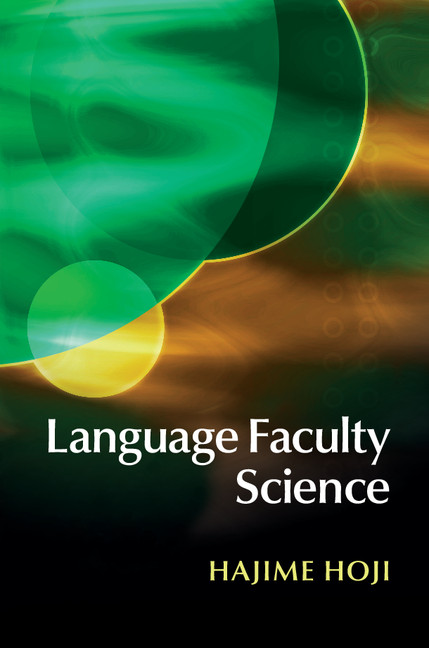- Top page
- Requests for having additional charts at this website
- Remarks on the forthcoming books
- Preliminary remarks
- Design and Examples
- Glossary
- English Experiments
- EPSA [31]-1 (=[31]-8)
- EPSA [31]-2 (=[31]-9)
- EPSA [31]-3 (=[31]-10)
- EPSA [31]-4 (=[31]-11)
- EPSA [31]-5 (=[31]-12)
- EPSA [31]-7 (=[31]-13)
- Japanese Experiments
- a- vs. so-
- EPSA [10]-5
- EPSA [10]-10
- EPSA [10]-11
- soko and soitu
- EPSA [3]-7
- LF c-command condition on FD
- EPSA [33]-2
- EPSA [33]-3
- EPSA [33]-8
- EPSA [33]-9
- EPSA [33]-17
- EPSA [33]-18
- EPSA [1]-18
- EPSA [1]-20
- EPSA [1]-21
- EPSA [1]-33
- EPSA [1]-34
- otagai
- EPSA [5]-1
- EPSA [5]-3
- EPSA [5]-5
- local disjointness
- EPSA [35]-4
Hajime Hoji .Language Faculty Science |
 © Cambridge University Press |
EPSA [1]-18
This is one of the Main-Experiments dealing with Japanese. Unlike the other Japanese Main-Experiments discussed in the book (EPSA [33]-2, [33]-3, [33]-8, [33]-9, [33]-17, [33]-18), most of the informants in EPSA [1]-18 (and also in EPSA [1]-20, [1]-21, [1]33, and [1]-34) had background in linguistics. The number of the informants in the latter EPSA Experiments is also relatively small (6-9), significantly smaller than that in the former set (87-46).
SGs and LGs of this Experiment are as indicated below:
- Schema A of SG1: SOV
- Schema A of SG2: OSV
- Both in SG1 and SG2, the object is marked with -o.
- LG1: BVA(subete-no tihoozititai, soko) 'BVA(every local government, it)'
- LG2: BVA(3-tu-no tihoozititai, soko) 'BVA(three local governments, it)'.
SG3, SG4, and SG5 are excluded in the result charts and in the "Examples" list. The "Raw Data" file, however, contains the informant judgments on the Examples of these SGs.
Design
Examples
Results
Effects of informant classification on a *Schema-based prediction
Informant list for [1]-18:
based on: familiar
The informant classification is based on Familiar. We consider only the informants who are native speakers of Japanese and who are familiar with both "bound variables" and "wide-scope interpretation" as they are used in linguistic discussion.
[1]-18 Schema-based, based on the above informant list
[1]-18 Lexical-based, based on the above informant list
Informant list for [1]-18:
based on: familiar; &
based on: [10]-10; &
based on: [10]-11
The informant classification is based on the result of [10]-10 and [10]-11. We consider only those informants (i) who are native speakers of Japanese and familiar with both "bound variables" and "wide-scope interpretation" as they are used in linguistic discussion, (ii) whose %(Y) on B is 0% and whose reported %(Y) on A is 25% or higher both in [10]-10 and [10]-11.